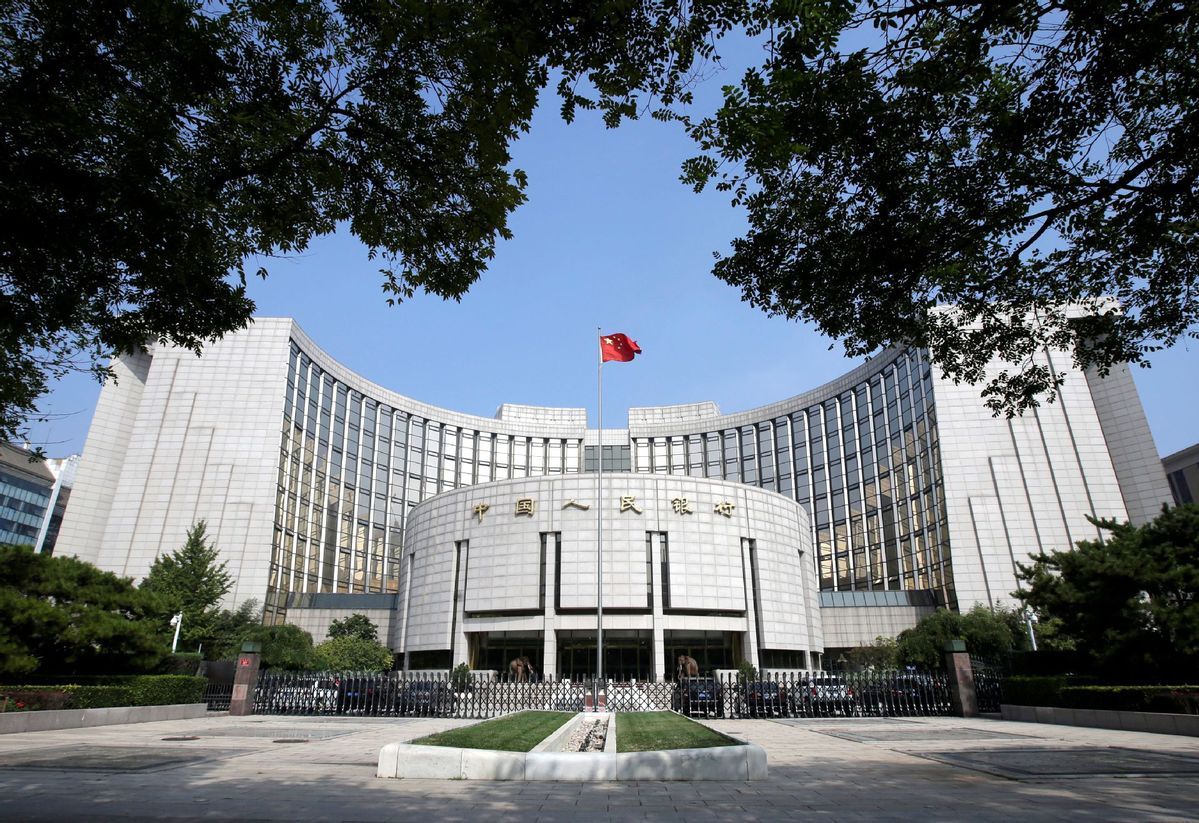
Headquarters of the People's Bank of China, the central bank, is pictured in Beijing on September 28, 2018. (Photo: Agencies)
The People's Bank of China recently held a video conference for the second half of the year, during which it said the country will adopt more flexible, appropriate and targeted monetary policies and implement the policies that have been introduced to stabilize enterprises and ensure employment.
The central bank has been assuming multiple responsibilities because of a series of short-term challenges at home and abroad, playing a key role in helping the country overcome these challenges.
To tide over the devastating economic impact of the novel coronavirus outbreak, central banks around the world have resorted to fiscal and monetary easing, greatly increasing liquidity to stabilize financial markets and help enterprises weather the crisis.
China's central bank, too, has adopted a similar but more rational policy. Wary of the risks arising from excess liquidity, it is focusing on the quality of its monetary policy.
In the second half of the year, the country needs to take more measures to control the pace and scale of liquidity, optimize the supply structure to meet the financing needs of the real economy and small and medium-sized enterprises, prevent capital from flowing into the property market, or other asset and commodities markets to prevent speculation, and avoid fund idling in the financial system.
Over the past decade, China's monetary authorities have been trying to strike a balance between maintaining economic growth and preventing overheating of the economy when adopting monetary policies. Taking excessive countercyclical measures now will lead to accumulation of more risks. So the central bank faces the new challenge of effectively improving cross-cyclical macro-control design and regulations.
To tackle a series of new problems and challenges at home and abroad, China will accelerate the establishment of a "dual circulation" development pattern, which is built on "domestic circulation" playing a major role with "international circulation" playing a supportive role. This requires the central bank to do a better job on the supply and demand sides.
On the supply side, it should direct capital to flow to the manufacturing sector, especially in scientific and technological innovation, and improve the competitiveness of the industrial and supply chains.
On the demand side, it should try to prevent inflation and negative interest rates from harming depositors, and prevent sharp housing price rises from eroding social consumption ability.
How to improve the financial system, realize interest rate liberalization, and construct a multi-level capital market to meet the financing needs of enterprises are all major tasks ahead for the central bank.


